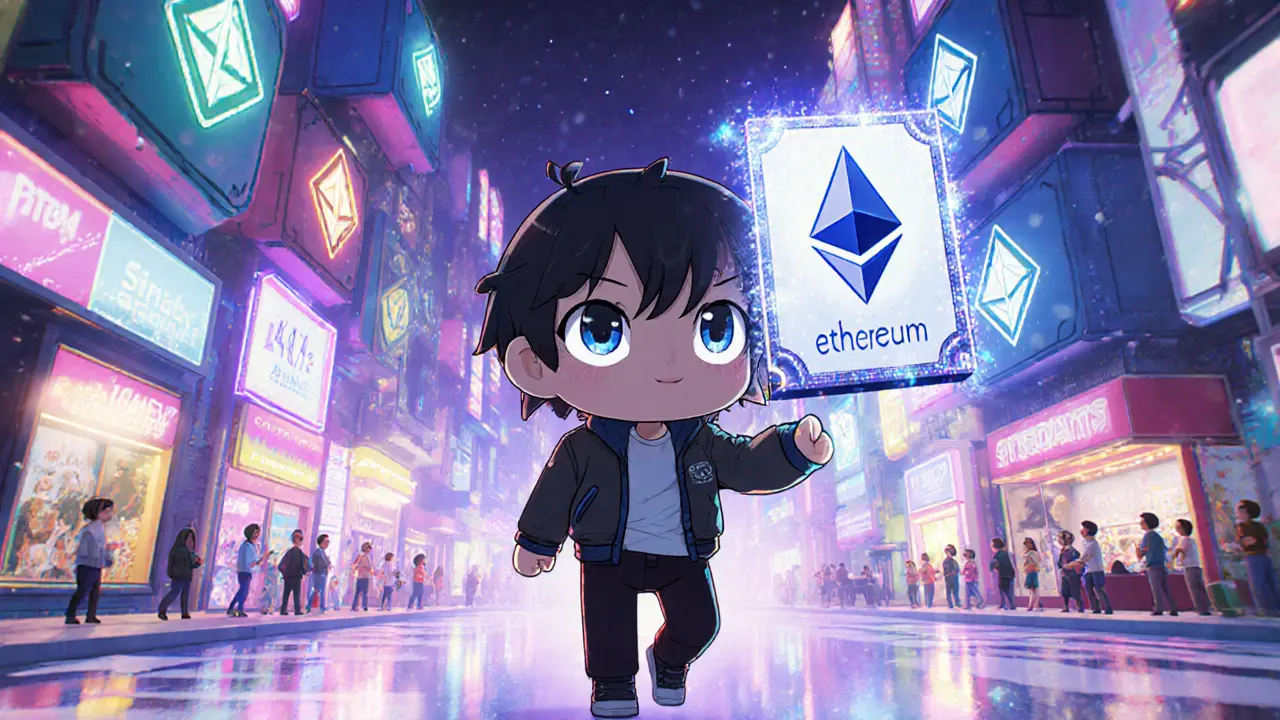Blockchain Metaverse: What It Is, How It Works, and What You Need to Know
When you hear blockchain metaverse, a decentralized digital universe built on blockchain networks where users own assets, identities, and experiences. Also known as Web3 metaverse, it’s not just VR headsets and pixelated avatars—it’s about real ownership, open protocols, and user control. Unlike Meta’s closed ecosystem, the blockchain metaverse runs on public ledgers. Your land, clothes, and even your name aren’t rented from a corporation—they’re yours, secured by crypto keys.
This isn’t science fiction. It’s happening now in platforms like Decentraland and The Sandbox, where people buy virtual land using Ethereum, build shops, host events, and trade NFTs. Behind the scenes, NFTs, unique digital tokens that prove ownership of virtual items like land, wearables, or art. Also known as non-fungible tokens, they’re the backbone of the metaverse economy. Without them, everything you see would be just a graphic on a server—easily copied, deleted, or taken away. Then there’s digital identity, your self-sovereign profile that follows you across metaverses, built on blockchain instead of Facebook or Google accounts. Also known as decentralized identity, it lets you prove who you are without handing over your data. That’s the shift: from being a user to being an owner.
But not everything labeled "metaverse" is real. A lot of projects are just rebranded crypto scams with flashy 3D worlds and empty promises. That’s why you’ll find posts here about fake NFT land sales, sketchy metaverse exchanges, and how to spot a rug pull before you invest. You’ll also see deep dives into how blockchain privacy tech protects your actions inside these worlds, and why some governments are already trying to ban or control them. The blockchain metaverse isn’t one thing—it’s a messy, exciting, dangerous mix of innovation, speculation, and real human activity.
What you’ll find below isn’t theory. It’s real cases: the crypto exchange that vanished after selling metaverse land, the airdrop that turned out to be a ghost project, the token that claimed to be the "first YouTube cat coin" but didn’t exist. These aren’t random stories—they’re lessons in how the blockchain metaverse actually works, who’s building it, and who’s just trying to cash in. If you want to navigate this space without losing money or your privacy, you’re in the right place.

